This resource page is to help answer common questions about the Quad System to help you maximize efficiency and optimize results using the system. We will continue to add to this resource page based on feedback from users of the system.
Please email your suggestions to jmaglin@garrisondental.com.
Quad Overview
The Quad Matrix System is designed to create tight, anatomical contacts on Class II composite restorations. It is particularly effective for quadrant restorations, including back-to-back restorations when paired with the Firm Bands.
Ring Driver Tip
The Quad Rings have an assymetrical design, with a standard tip on one side and driver tip on the other. (Red arrows point to driver tip.) The driver tip shape provides a precise fit to the anatomy of the adjacent teeth for a back-to-back restoration while maintaining strong separation force.
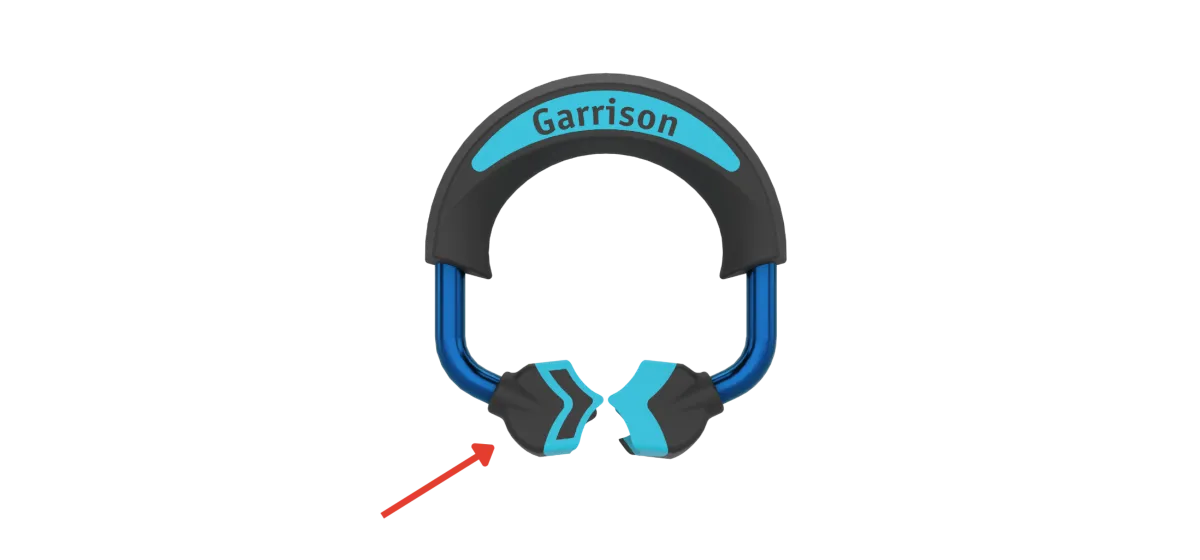
Top View
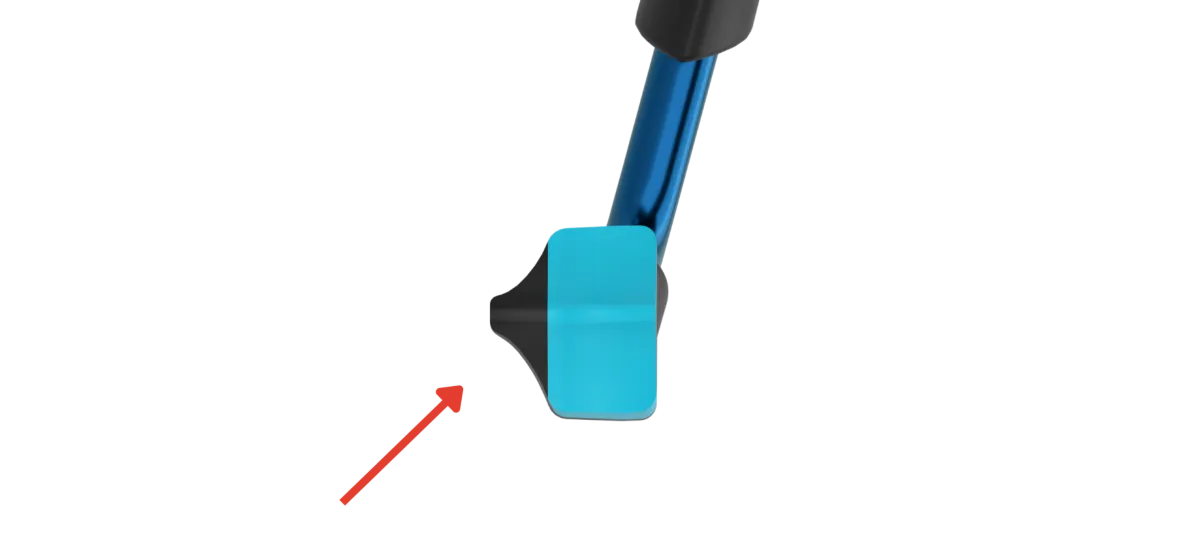
Bottom View
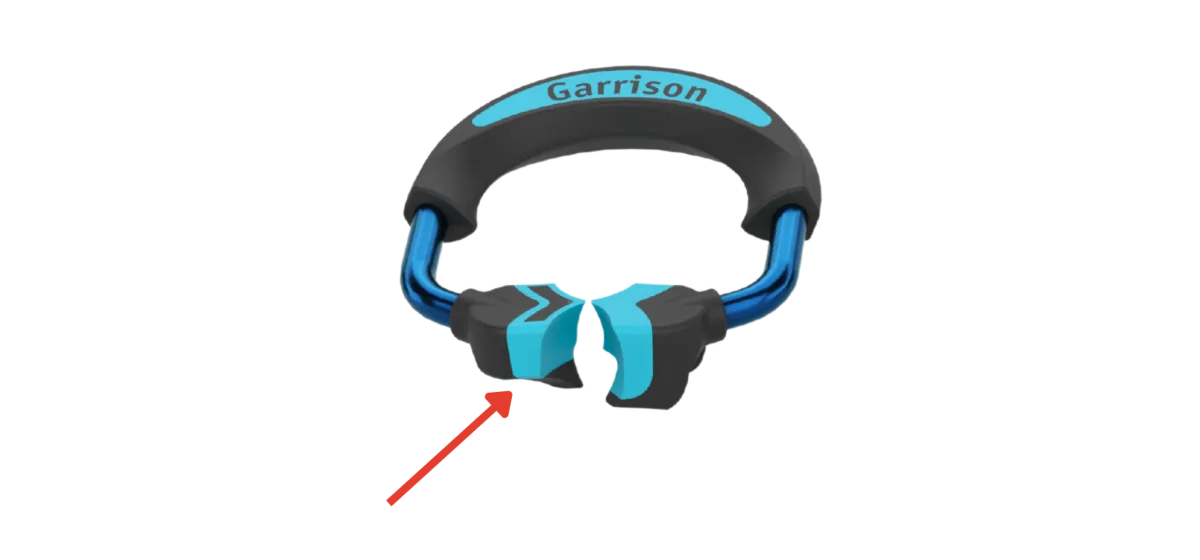
Front View
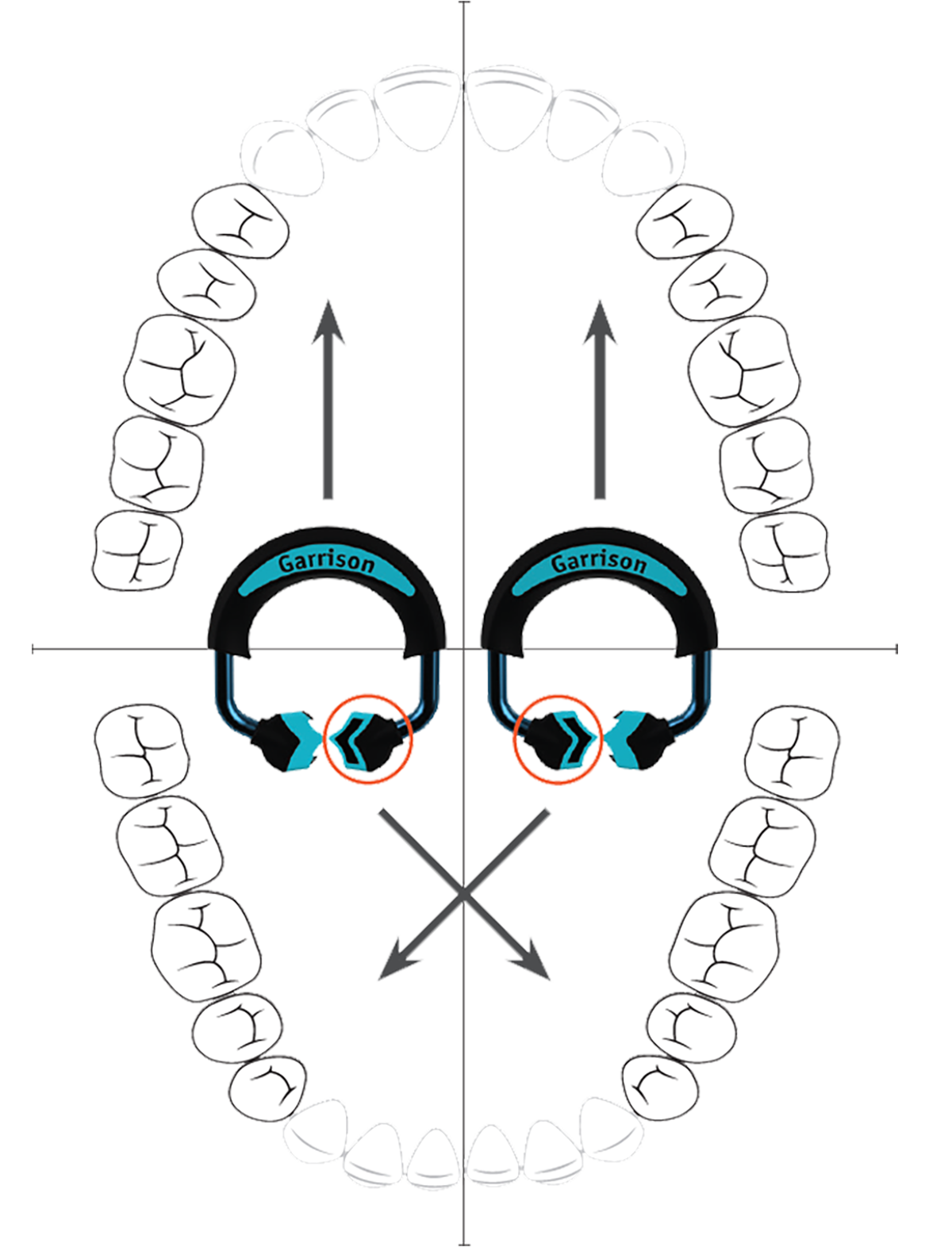
Ring Placement
- Recommended Driver Tip placement is indicated on this chart
The Driver Tip should be placed on the side with the deepest/widest embrasure, which is typically the lingual side.
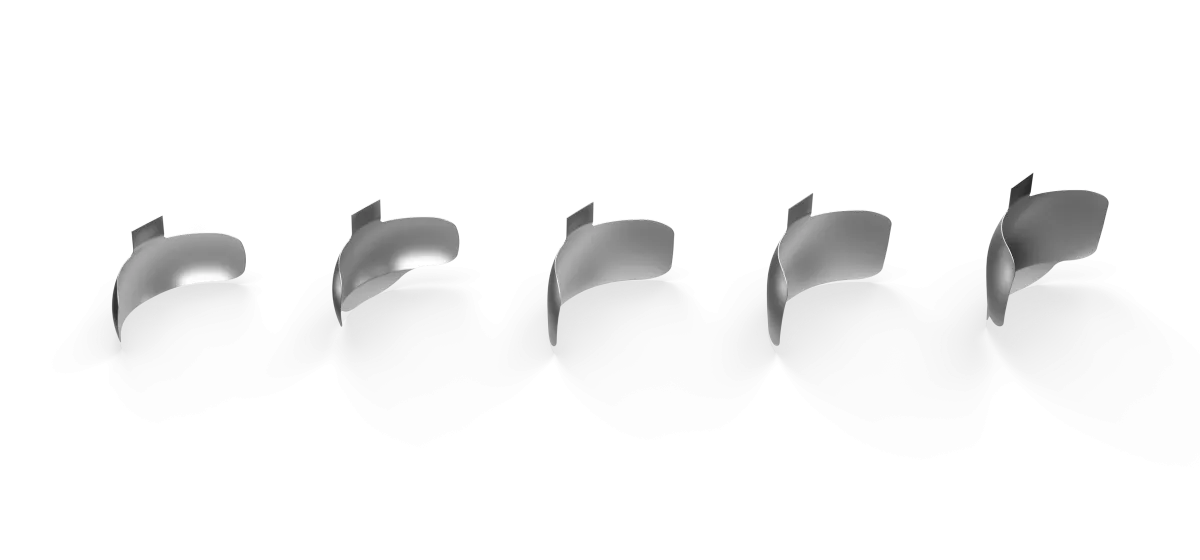
Firm Bands
The firm bands are the same thickness as other matrices lines (.0015 inches) but provide increased rigidity to maintain their anatomical shape when placed back-to-back.
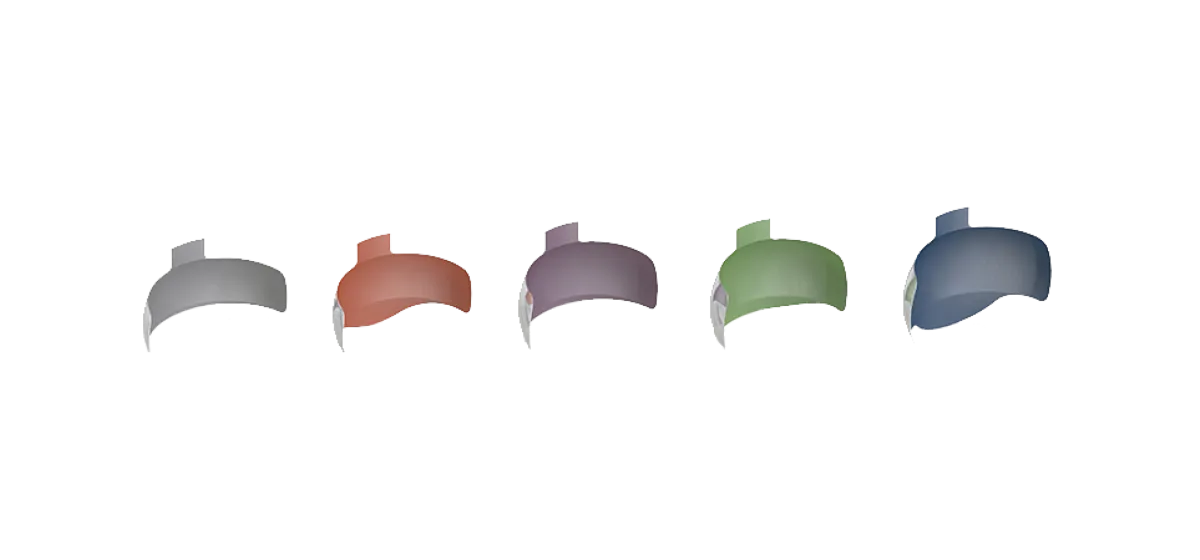
Dead-Soft Bands
The full curve design of these bands allows for optimal adaptation to the tooth surface, ensuring complete coverage of the preparation. It is perfect for single class IIs and general restorations where contact has been broken.
Split Wedges
The driver tip goes between the split wedges to reinforce the matrices’ gingival seal on both teeth for a back-to-back restoration. (It is not intended to separate the teeth.)
The anatomical wedge has a convex surface to better seal against a tooth's furcation, most commonly used during deep preparations.
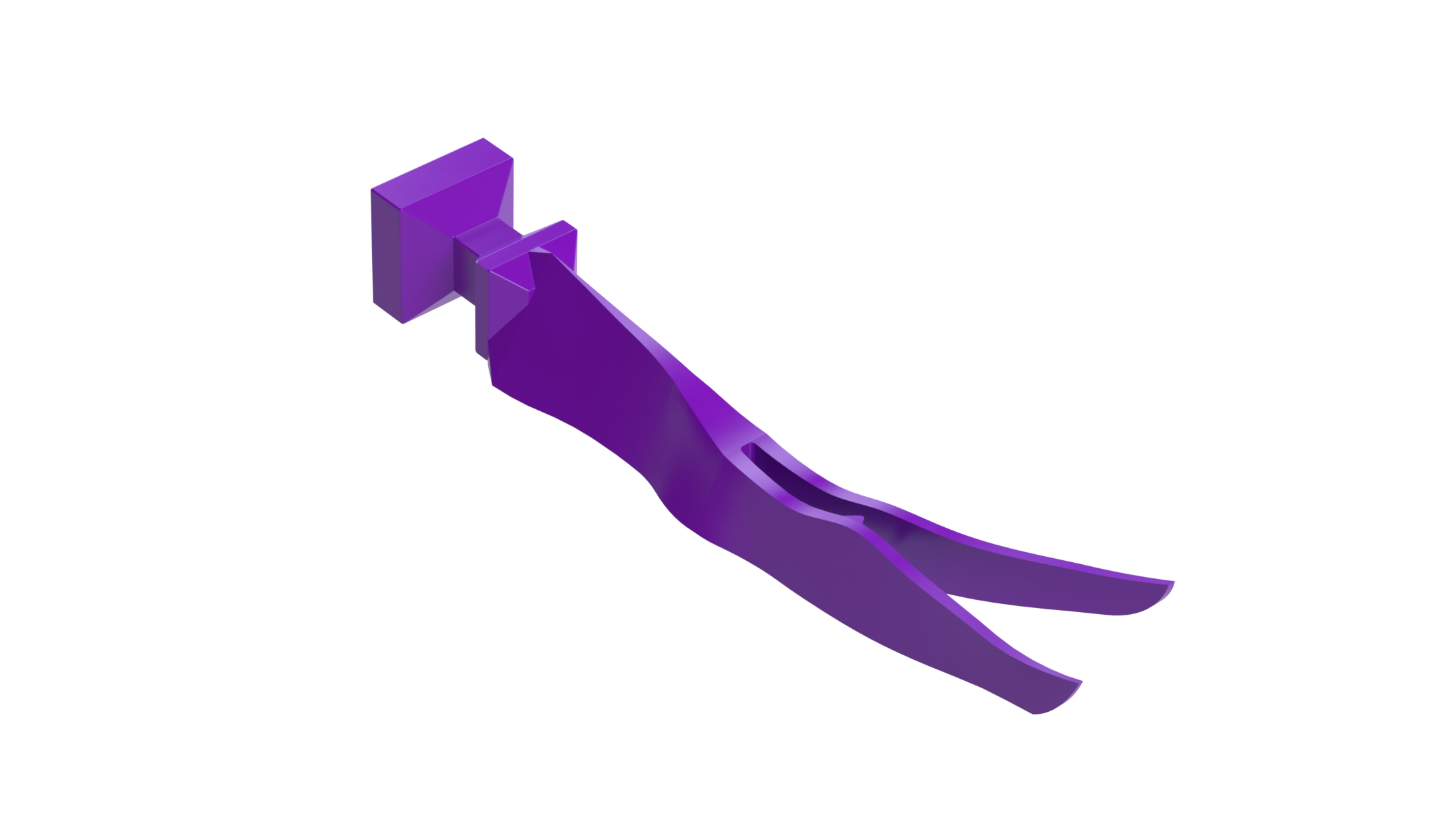
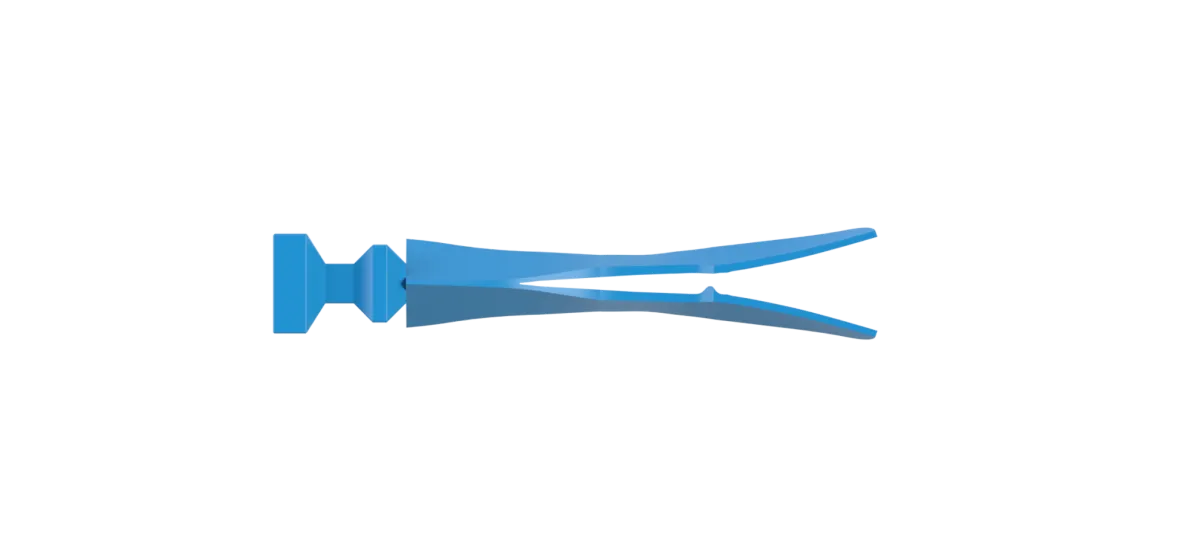
Small

Medium
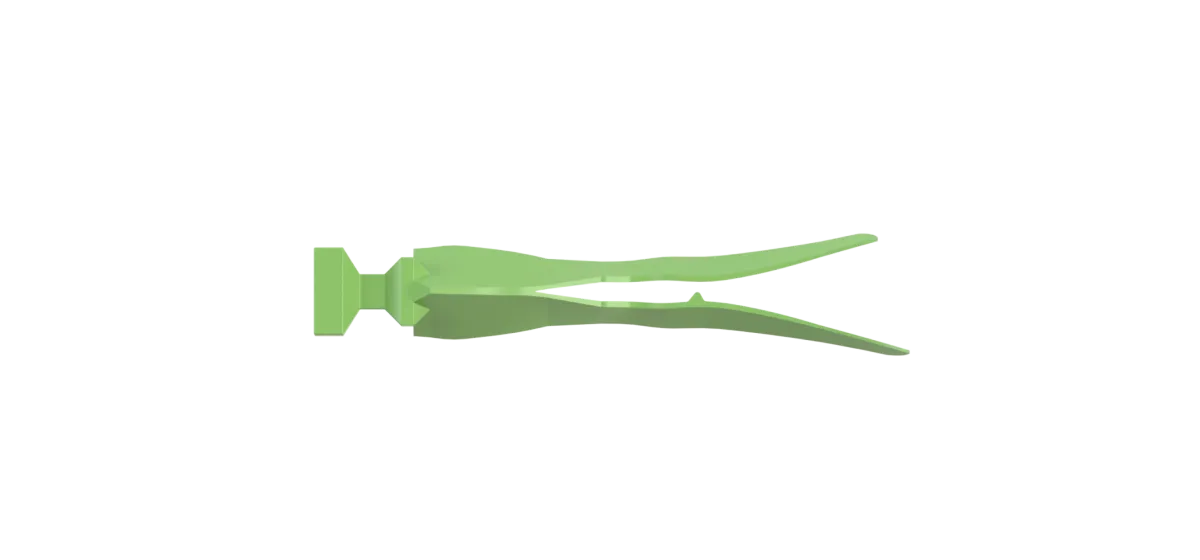
Large
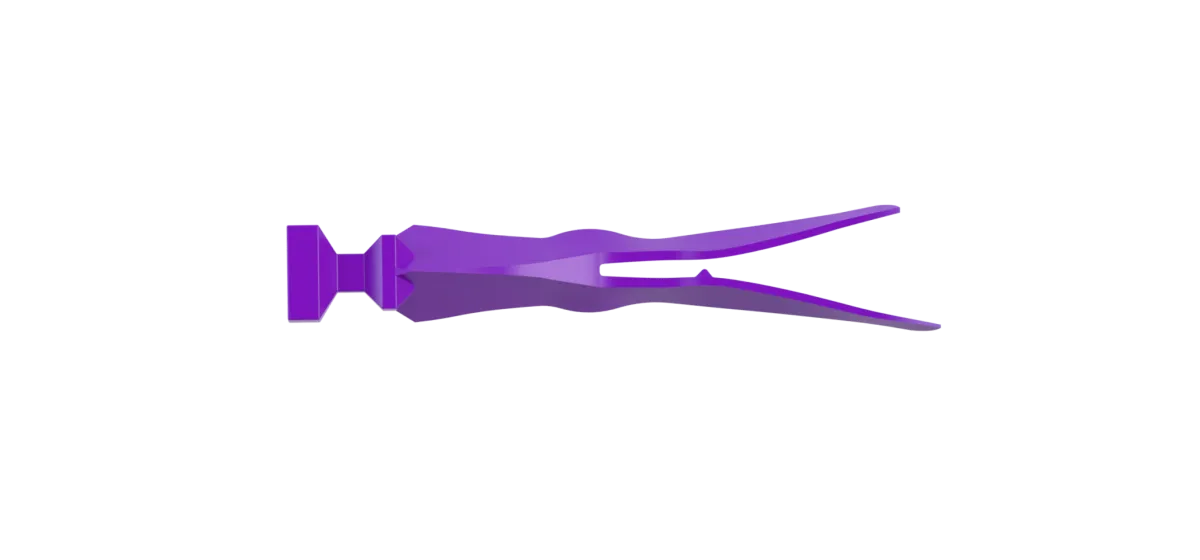
Anatomical
Frequently Asked Questions
What is unique about Quad?
What is the driver tip?
On which side do I place the driver tip?
How to place the ring?
How does the Quad Wedge work?
How to select the correct Quad wedge?
How can you achieve tooth separation with the split wedge?
How to place Quad wedge with tight embrasure?
What if the Quad wedge split is narrow?
How to fit the Quad ring driver tip between Quad split wedges?
Which matrix bands to use in a back-to-back?
How to complete a back-to-back restoration?
How to remove your matrix bands?
How to stack two same sized rings?
How to stack two different sized rings?
How to place rings in opposite orientations?
How does Quad ensure good contact during back-to-backs?
What to do in a large embrasure situation? | Quad Q&A | Dr. Burton